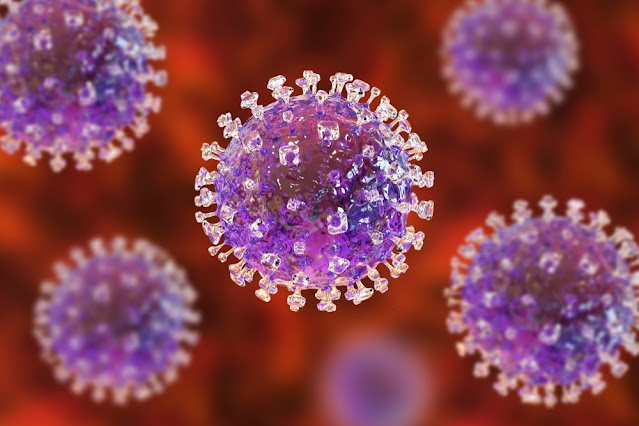Preventing Crimean-Congo Hemorrhagic Fever (CCHF): A Comprehensive Guide, Crimean-Congo Hemorrhagic Fever (CCHF) is a viral disease with potentially severe consequences for humans. It can be transmitted from ticks, livestock, and wild animals. The virus is prevalent in Africa, Asia, Europe, and the Middle East, making it crucial to take preventive measures. Here are some essential tips to protect yourself and your loved ones from CCHF:
-
Avoiding Tick Bites
Ticks are the primary carriers of CCHF. To minimize the risk of transmission, follow these steps:
– Use insect repellent before heading outdoors.
– Wear long sleeves and pants, and tuck your pants into your socks to prevent ticks from reaching your skin.
– After outdoor activities, thoroughly check your body and clothing for ticks.
-
Steer Clear of Infected Livestock
Infected livestock can transmit CCHF to humans. Take the following precautions:
– Avoid contact with sick or deceased livestock.
– If contact is necessary, wear protective gloves and wash your hands thoroughly afterwards.
-
Minimize Contact with Wild Animals
Certain wild animals can carry the CCHF virus. To protect yourself:
– Avoid contact, especially with sick or dead animals.
– If contact is unavoidable, wear gloves and practice thorough hand hygiene.
-
Cook Meat Thoroughly
Properly cooking meat effectively kills the CCHF virus. Refrain from consuming raw or undercooked meat.
-
Prioritize Good Hygiene
Frequent handwashing with soap and water is essential, particularly:
– After outdoor activities.
– After contact with livestock or wild animals.
– Before meals.
Recognizing Symptoms and Seeking Prompt Medical Attention
Awareness of CCHF symptoms is crucial. Look out for:
– Fever
– Headache
– Muscle aches
– Nausea
– Vomiting
– Diarrhea
If you experience any of these symptoms after being in an area where CCHF is prevalent, seek medical attention immediately.
Early Intervention for Better Outcomes
While there’s no specific treatment for CCHF, early diagnosis and supportive care significantly improve survival rates.
Vaccination: An Added Layer of Protection
In certain countries, a vaccine against CCHF is available. If you’re traveling to an area where CCHF is prevalent, consult your doctor about vaccination options.
Additional Tips for Specific Situations
– For Healthcare Workers:
– Wear Personal Protective Equipment (PPE) when attending to patients with suspected or confirmed CCHF.
– For Veterinarians:
– Use PPE when handling livestock that may be infected with CCHF.
– For Farmers:
– Implement tick control measures on your farm, including the use of pesticides, removal of brush and debris, and keeping livestock away from tick-prone areas.
Conclusion
Preventing Crimean-Congo Hemorrhagic Fever is crucial for safeguarding public health. By following these guidelines, you can significantly reduce the risk of contracting this potentially deadly virus.
Frequently Asked Questions
- Is CCHF curable?
– There is no specific cure for CCHF, but early medical attention can improve outcomes.
- Where is the CCHF vaccine available?
– The CCHF vaccine is available in select countries. Consult your doctor before traveling to endemic areas.
- What are the long-term effects of CCHF?
– Some survivors may experience lingering health issues, but the severity varies.
- Can pets transmit CCHF?
– While pets can contract the virus, they are not a significant source of transmission to humans.
- Are there any experimental treatments for CCHF?
– Research into potential treatments for CCHF is ongoing, but no widely accepted experimental treatments currently exist.
